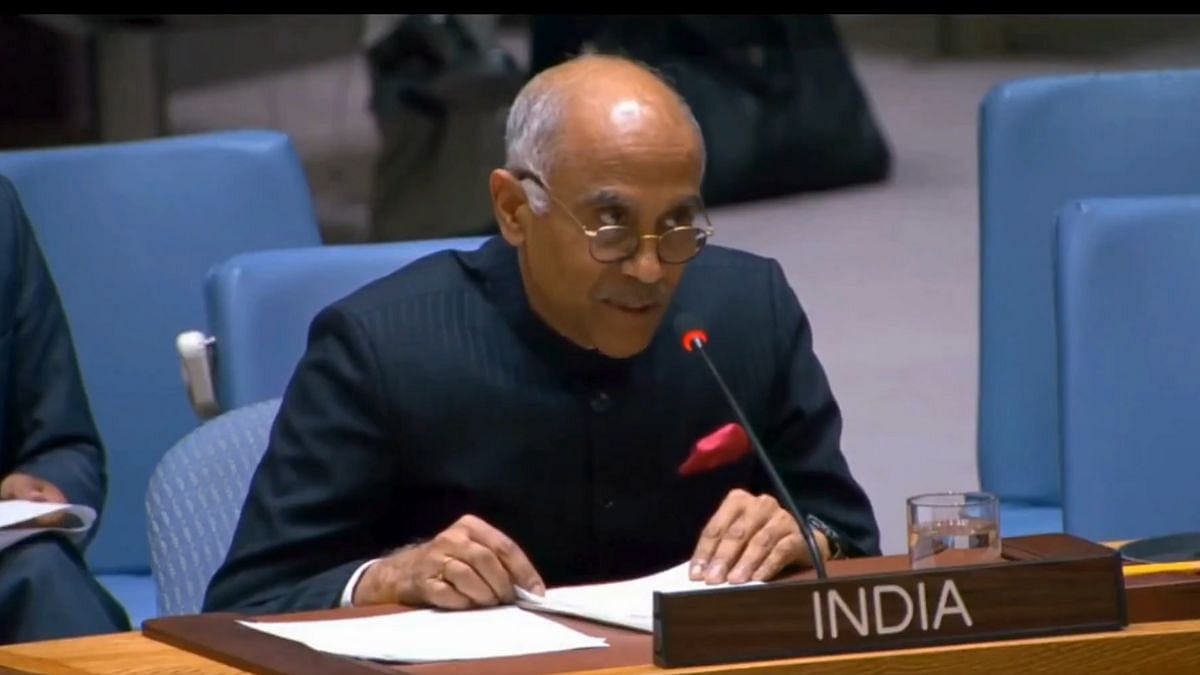The Tamil Nadu government’s decision to allow women to be employed as priests in Hindu temples needs to be welcomed as it seeks to end gender bias. This is being done to fulfil one of the promises the ruling Dravida Munnetra Kazhagam (DMK) had made before the recent assembly elections. Minister-in-charge of Hindu Religious and Charitable Endowments P K Sekar Babu said the plan was to open the one-year course for ‘archakar’ (priest) to all the Hindus, including women. He also said that vacancies of priests in the temples managed by the government would be filled by those who have learnt the Agama Sastra — the manual for worship and ritual — irrespective of their caste affiliation. The idea is to remove all gender and caste barriers in temple worship.
However commendable the plans are, one has to keep one’s fingers crossed till they are successfully implemented. Experience has shown that there can be a slip between the cup and the lip. For instance, in 2007-’08 when the one-year course for junior ‘archakar’ was introduced at six famous temples in Tamil Nadu by then Chief Minister M Karunanidhi, it was considered a revolutionary move, as it sought to end the caste-based, hereditary system of appointment. As many as 206 candidates completed the course but only a couple of them got jobs as priests. The rest have been waiting for the last 13 years, as the matter got entangled in court cases. The incident is a pointer to how the establishment, backed by customs and practices, is able to subvert any reform that is of far-reaching consequence.
While welcoming the government’s initiative, Tamil Nadu BJP president L Murugan has listed as many as 10 temples where women, especially those belonging to the Scheduled Caste category, are holding posts of priests. His statement suppresses facts, more than it reveals. It is true that in sub-cultural temples like the ones managed by the ‘lower-caste’ people, women have since time immemorial been serving as priests. It was when Aryan influences began to overwhelm the Dravidian practices that women were displaced from the sanctum sanctorum of most temples. The phoney concept of women being ‘impure’ during menstruation was used to keep them away from priesthood. Incidentally, even Sekar Babu was compelled to talk about giving women priests five days of leave to take care of their menstrual cycle. There is no scriptural basis to link work with menstruation.
Ironically, even in temples where the presiding deity is feminine, women cannot do puja. The incongruity was evident in a case once heard by Madras High Court. The daughter of a priest had been doing her father’s job, as he was physically incapacitated for about two years. Even after his death, she was doing the job till a person challenged her eligibility to do so as it infringed upon his right to get the job on hereditary principles. Fortunately, the court ruled in the woman’s favour. Thus, legally and politically, the Tamil Nadu government is certainly on a good wicket. Nonetheless, the nation has seen how the court verdict on Sabarimala allowing women of all ages to visit the temple at the Western Ghats was undermined in the name of tradition. What’s more, the verdict that supported the patriarchal hegemony was written, among others, by a lady judge.
What is true about Hindu religious practices is true about other religions also. Mary, mother of Jesus, is one of the most revered figures for both Christians and Muslims. In fact, she is mentioned more times in the Quran than in the Bible. Yet, women are kept away from priestly duties, except in the case of some churches like the CSI. The argument advanced is that all the 12 disciples of Jesus were men, though after resurrection, he appeared first to a woman. As a result, almost all the churches, whether Occidental or Oriental or Pentecostal or Protestant, are controlled and managed by men. This is despite the fact that more women than men attend church services. The same is true about the Hindus too. If men are able to attend the prayer at the mosque in their well-starched and well-ironed clothes, it is because of the labour of their womenfolk.
There is no reason why women should be prevented from pursuing theology and taking up jobs as priests. Time has proved that what men can do, women can do equally well, if not better.









